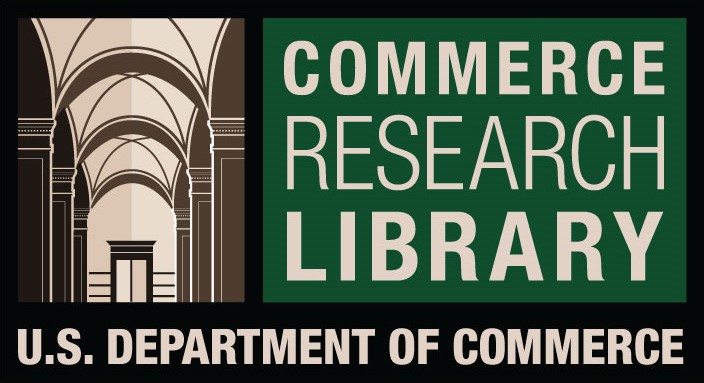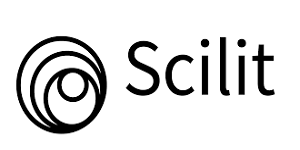For publication in Scopus, Web of Science, and more – Expert consultation for indexed journal submissions.
Review Process
The review process at the International Journal of Psychosocial Rehabilitation (IJPR) is designed to ensure the rigorous evaluation of submitted manuscripts. This process involves multiple steps to maintain the quality and integrity of the research published. Below is a detailed overview of each step:
1. Manuscript Submission
- Submission: Authors submit their manuscripts through the IJPR online submission system. The manuscript should comply with the journal's submission guidelines, including formatting and required documentation.
2. Initial Screening
-
Editorial Office Review: The editorial office conducts an initial screening to check if the manuscript meets the journal’s scope and submission requirements. This includes verifying compliance with formatting guidelines and checking for completeness of submission documents.
-
Scope Fit: Assess whether the manuscript aligns with the journal’s focus on psychosocial rehabilitation and related fields. Manuscripts that do not fit the scope may be rejected at this stage.
3. Assignment to Editor
- Editor Assignment: If the manuscript passes the initial screening, it is assigned to an Associate Editor or Section Editor with expertise in the relevant field. The Editor is responsible for overseeing the review process.
4. Reviewer Selection
-
Reviewer Identification: The assigned Editor selects potential reviewers based on their expertise and relevance to the manuscript's topic. Reviewers are chosen from the journal’s pool of qualified experts.
-
Reviewer Invitation: The Editor sends an invitation to selected reviewers, providing details about the manuscript and requesting their participation in the review process. Reviewers are asked to declare any conflicts of interest.
5. Peer Review Process
-
Acceptance: Reviewers who agree to review the manuscript confirm their availability and begin the review process. The journal typically follows a double-blind review process where both authors and reviewers remain anonymous.
-
Review Preparation: Reviewers access the manuscript and related materials through the online submission system. They evaluate the manuscript based on predefined criteria including originality, methodology, results, ethical considerations, and clarity.
-
Review Report: Reviewers provide a detailed review report, which includes comments on the strengths and weaknesses of the manuscript, suggestions for improvement, and a recommendation for acceptance, revision, or rejection.
6. Decision Making
-
Editor Review: The Associate Editor or Section Editor reviews the comments and recommendations provided by the reviewers. They consider all feedback and make a decision regarding the manuscript.
-
Decision Notification: The Editor-in-Chief communicates the decision to the authors. Possible decisions include acceptance, minor or major revisions, or rejection. The decision letter includes feedback from reviewers and guidance for any required revisions.
7. Revisions and Resubmission
-
Author Revisions: If revisions are requested, authors revise their manuscript according to the feedback provided and resubmit it through the online submission system.
-
Revised Manuscript Review: The revised manuscript is either reviewed by the original reviewers or new reviewers, depending on the nature of the revisions. The review focuses on whether the authors have adequately addressed the feedback.
8. Final Decision
-
Final Review: The Editor-in-Chief makes the final decision based on the revised manuscript and any additional reviewer comments. The decision is communicated to the authors.
-
Acceptance: If the manuscript is accepted, it proceeds to the production phase. The authors may receive a proof for final review before publication.
9. Publication
-
Proofreading and Formatting: The accepted manuscript undergoes proofreading, typesetting, and formatting to ensure it meets the journal’s standards.
-
Publication: The final version of the manuscript is published online and included in the journal’s archives. Authors are notified of the publication date and provided with a DOI for their article.
10. Post-Publication
-
Promotion: The journal promotes the published article through various channels, including indexing databases, social media, and email alerts to enhance visibility and impact.
-
Ongoing Monitoring: The journal monitors the impact of published articles, including citation metrics and reader engagement, to assess the relevance and influence of the research.












